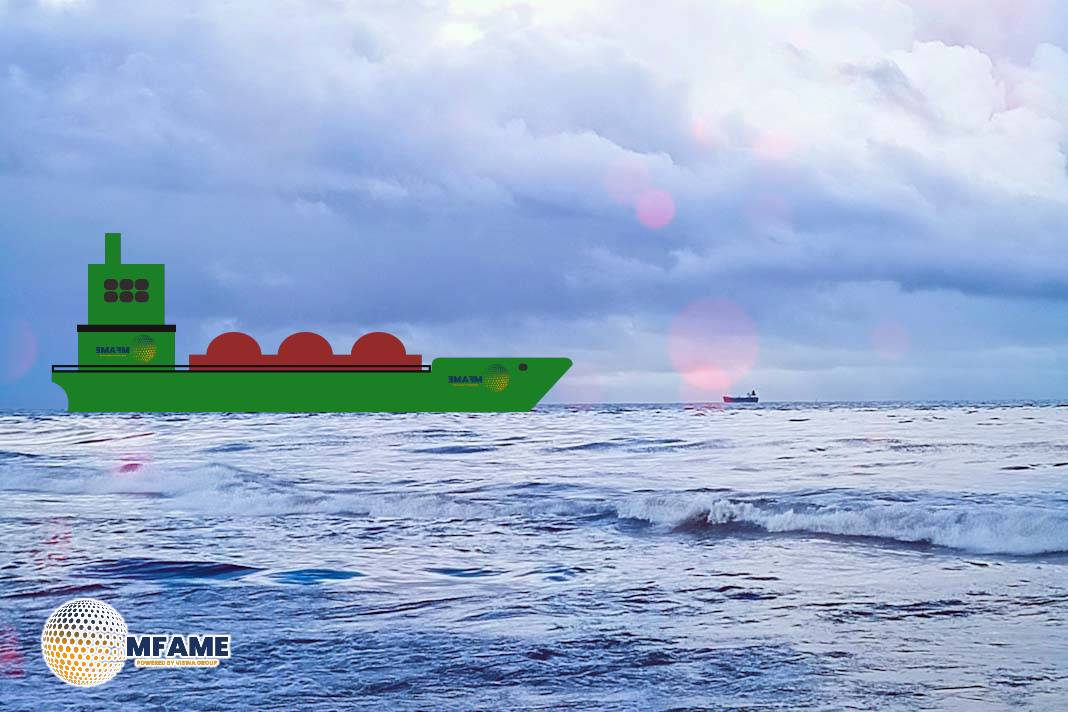Deutsche ReGas, Germany’s private operator of liquefied natural gas (LNG) terminals, has announced a significant milestone at its “Deutsche Ostsee” energy terminal in Mukran, located on the German Baltic Sea.
Record-Breaking Performance
Ingo Wagner, CEO of Deutsche ReGas, highlighted the terminal’s efficiency and its crucial role in Germany’s energy security. “In the past quarter, we proved the efficiency of our terminal and fed more natural gas into the German grid on behalf of our customers than any other LNG import terminal in Germany,” Wagner stated. He emphasized that this achievement confirms the reliability and flexibility of their services and sends “an excellent signal for Mecklenburg-Vorpommern as a business location.”
The energy terminal at Mukran industrial port has been in operation since September 2, 2024. During regular operation, an LNG tanker is expected to call at the terminal and unload its cargo approximately every three to four days, ensuring a steady supply of natural gas.
Capacity and Connectivity
The terminal’s strategic location and robust infrastructure facilitate significant gas injection into both the German and broader European gas networks:
- German Grid: The energy from the terminal is fed into the German gas grid via fixed, freely allocable capacities amounting to 16 GWh/h.
- European Export: An additional 4 GWh/h fixed capacity is available for export to the Czech Republic, underscoring the terminal’s contribution to broader European supply security.
The LNG arriving at Mukran is regasified at the facility, then transported via a pipeline to Lubmin, from where it is fed into the German long-distance gas pipeline network. According to Deutsche ReGas, during regular operation, the Mukran LNG terminal has the capacity to feed a total of up to 13.5 billion cubic meters of natural gas annually into the German long-distance gas pipeline network.
Operational Adjustments and Market Dynamics
Initially, the Mukran terminal was designed to feature two Floating Storage and Regasification Units (FSRUs), the FSRU Neptune and the FSRU Energos Power. However, the contract for the FSRU Energos Power was recently terminated. Deutsche ReGas cited the LNG pricing policy by Deutsche Energy Terminal (DET), the state-owned company operating other floating LNG terminals, as “ruinous” and detrimental to the German market. This decision highlights ongoing tensions and competitive pressures within the German LNG import landscape as the country rapidly diversifies its gas supply. The Mukran LNG terminal now primarily operates with the FSRU Neptune, which has a capacity of 5 bcm/y, while the Energos Power FSRU had an import capacity of 7.5 bcm/y. Despite the reduction in FSRUs, Deutsche ReGas has shown its ability to maintain high supply performance.
Did you subscribe to our Daily newsletter?
It’s Free! Click here to Subscribe!
Source: Offshore Energy
























